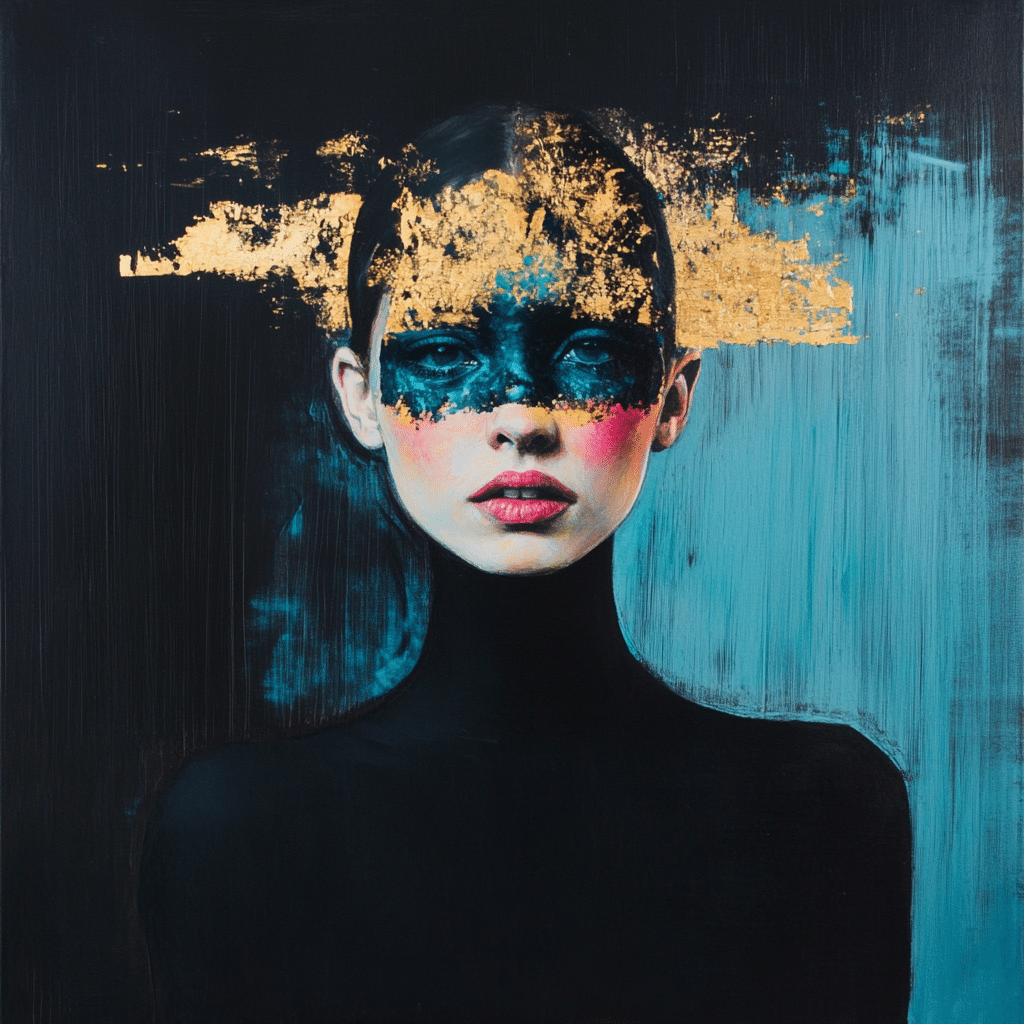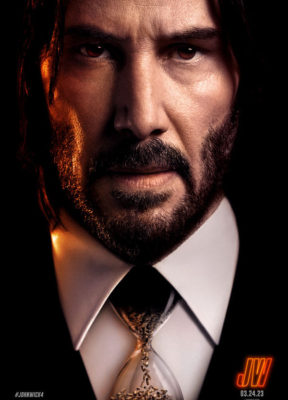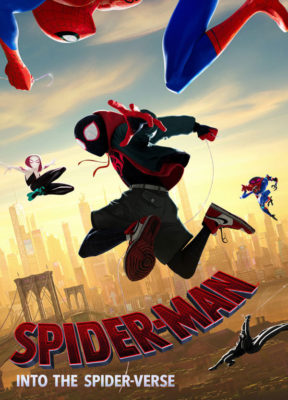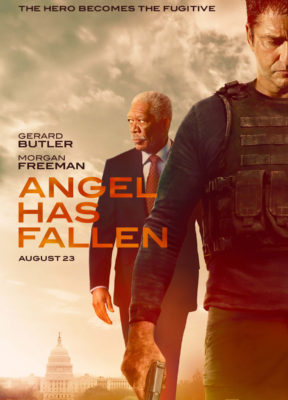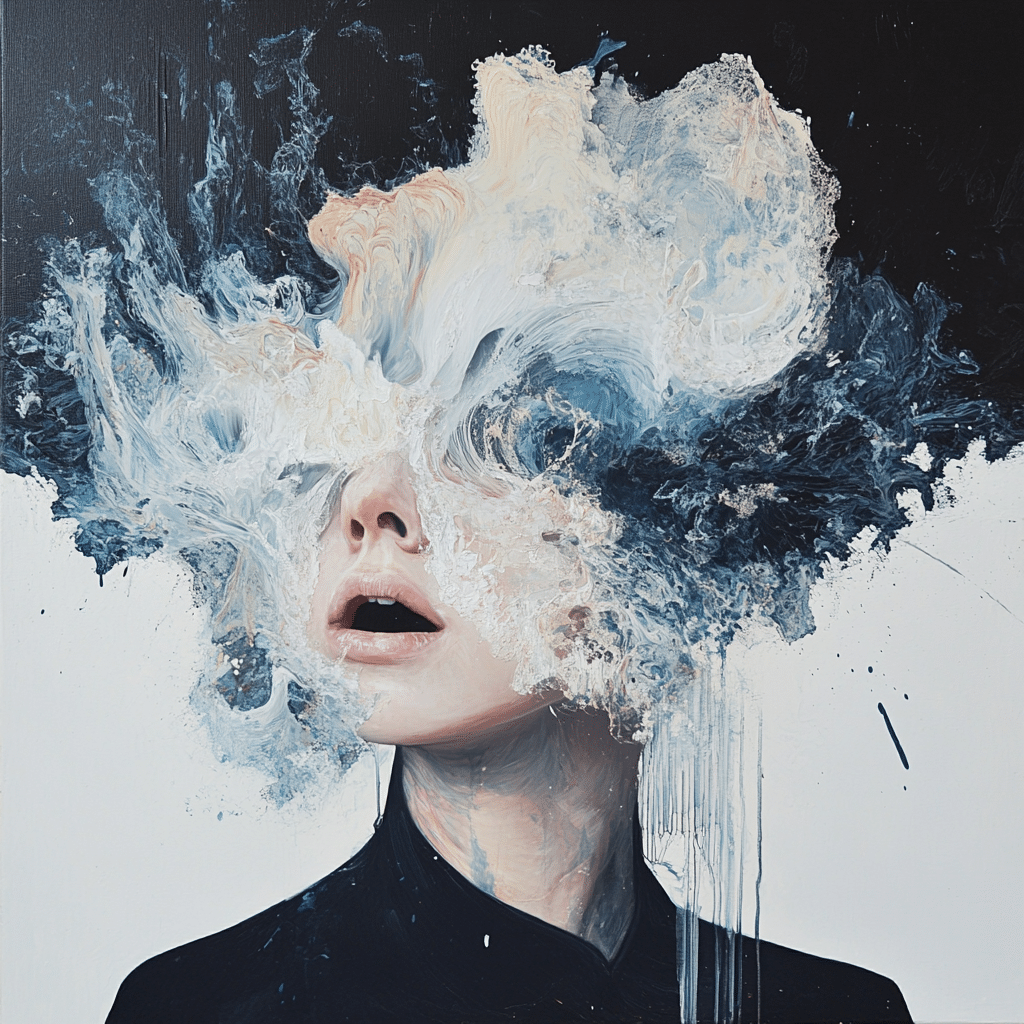
Exte The Gripping Tale Behind A Chilling Horror Classic
When it comes to horror films, exte stands out as a truly haunting experience. Directed by the innovative Sion Sono, this chilling masterpiece delves into the complexities of fear through a seemingly innocuous element: hair. Released in 2007, exte captivates with its emotional depth and persuasive storytelling, pushing the boundaries of horror by intertwining personal insecurities with supernatural elements. In this article, let’s explore six distinct elements of exte that not only embody its eerie essence but also showcase the creative techniques that elevate it into a modern classic.
1. The Substantiation of Fear Through Realistic Horror
At its heart, exte builds a foundation of fear by blending the fantastical with painful reality. The film explores urban loneliness while inserting elements of supernatural horror, creating a complex relationship between beauty standards and identity. These themes resonate deeply with audiences, as they remind us that our most intimate insecurities can morph into terrifying realities.
The characters in exte grapple with their fears against a backdrop of societal pressure. This dynamic evokes sympathy, allowing viewers to recognize the fear that may exist beneath their own skin. Fear isn’t just an external force; it’s personal, lurking in our self-doubts and societal expectations. This deft exploration reminds us that sometimes, the most terrifying monsters are the ones we create ourselves.
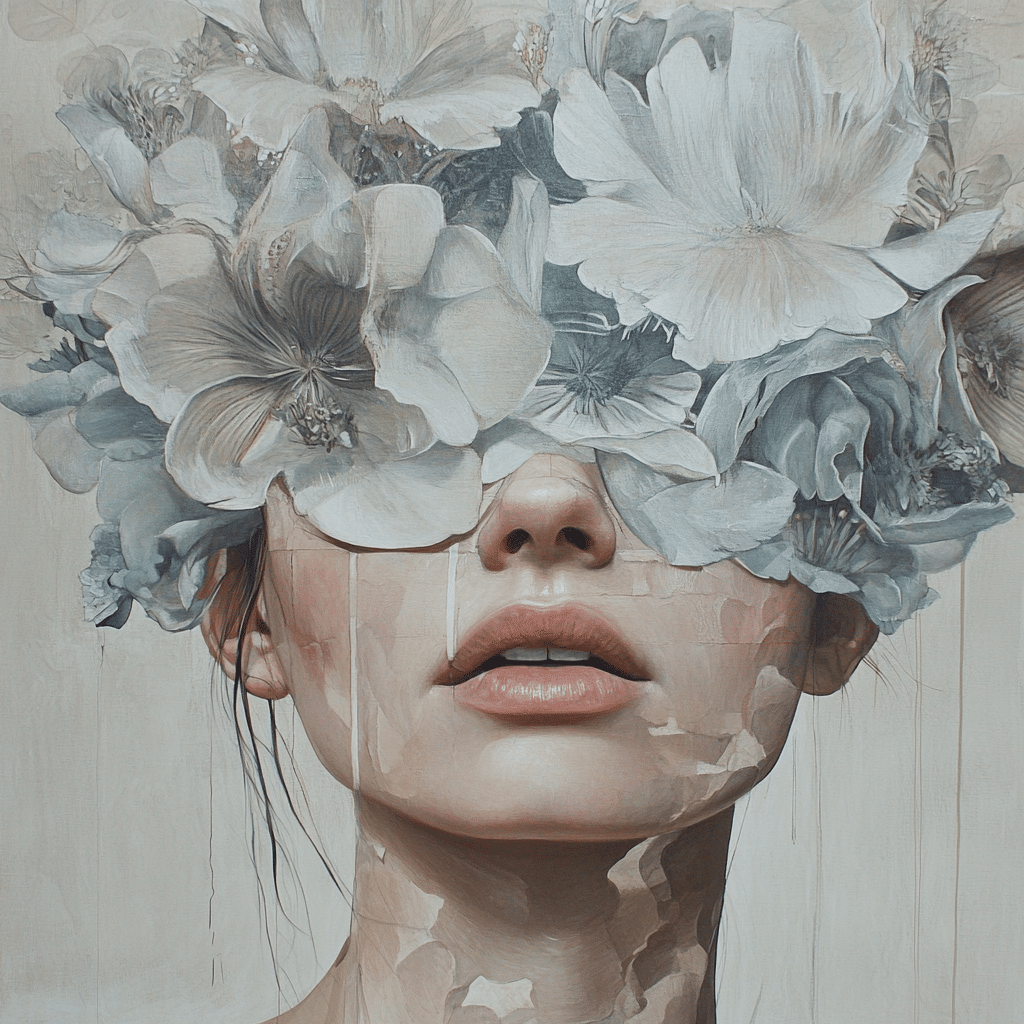
2. The Cant of Hair: Symbolism and Its Darkness
In exte, hair isn’t just hair—it’s a haunting symbol that encapsulates identity, beauty, and manipulation. From the very first scene, we see how this mundane feature can metamorphose into something grotesque. It transforms from a mark of beauty to a vessel of horror, illustrating the fine line between admiration and revulsion.
The hair serves as a metaphor for societal obsessions, unraveling the depths of our cultural fixation on appearance. As we witness a beautiful woman’s hair morphing into a source of horror, it prompts us to reflect on our own struggles with beauty standards. This dreadful disruption underscores the alarming reality that horrific changes can lie just beneath the surface of what we consider beautiful.
3. Illuminae Perspectives: The Cinematic Techniques
Exte employs a variety of cinematic techniques that enrich its narrative and heighten its horror. The dimly lit scenes bring a sense of foreboding, while sudden bursts of light create an unsettling atmosphere. This contrast mirrors the psychological turmoil faced by the protagonist, drawing us deeper into her distress.
Director Sion Sono masterfully weaves these techniques throughout the film. His vision enhances the tension, allowing the audience to feel the dread creeping in at every twist and turn. By employing different styles of lighting and camera angles, exte invites viewers to uncover the multilayered dimensions of fear, both external and internal. Each frame draws us closer to confronting our own fears.
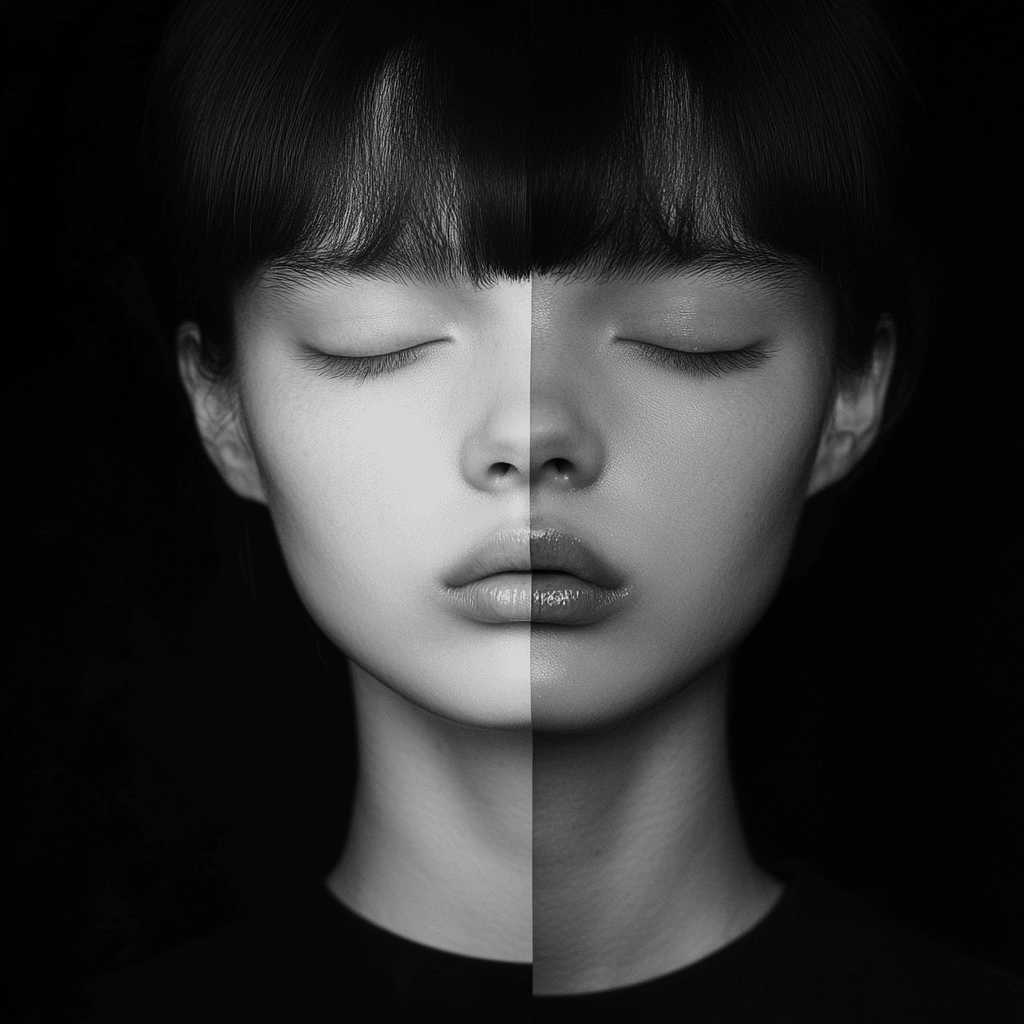
4. The Role of Music: A Repli of Emotion and Horror
Sound design plays a pivotal role in elevating exte’s horror elements. The eerie soundtrack expertly blends traditional horror motifs with unexpected harmonies, acting as a repli to the film’s emotional landscape. Composer Yoshihiro Hanno captures the essence of dread, enveloping viewers in a chilling auditory embrace.
With each haunting note, the music enhances the film’s atmosphere, blending seamlessly with the visual elements to amplify the tension. This combination creates a rich texture that not only builds suspense but intentionally plays with our emotions. The subtle changes in the score echo the characters’ psychological states, eliciting even deeper reactions from viewers.
5. Characterization and Transformation: Layers of Fear
Character development in exte is deeply engaged in its horror. The film takes us on a journey of transformation, illustrating how trauma can distort an individual’s identity. The protagonist’s evolution from a woman struggling with societal expectations to a vessel of supernatural vengeance showcases the impact of fear and rejection.
Every character reveals a new layer of horror imposed by their environment. As transformations unfold, viewers witness not only physical changes but an erosion of humanity itself. This depth of characterization keeps audiences hooked, as they identify with the fears and traumas faced by the characters. Exte expertly unveils how our darkest fears can lead us down horrifying paths.
6. Cultural Reflection: Juxtaposing Urban Life and the Supernatural
Lastly, exte acts as a cultural mirror reflecting contemporary urban existence. The film situates its horror within a bustling metropolis, where feelings of isolation and anonymity thrive. This pervasive sense of separateness paves the way for horror to emerge, intertwining the mundane aspects of city life with supernatural elements.
By grounding its narrative in a recognizable setting, exte makes its horror relatable yet profoundly disturbing. The characters are not just fictional; they represent real individuals navigating their lives in a concrete jungle. This unsettling blend compels audiences to confront the monsters lurking in their own neighborhoods, reinforcing that horror can be found in the familiar.
Unveiling the Legacy of ‘exte’
As we consider the legacy of exte, it becomes clear that its reach spans far beyond mere scares. This film challenges the status quo surrounding beauty and identity, becoming a significant cultural artifact within the horror genre. By marrying real-world anxieties with supernatural elements, exte blurs the lines of reality and invites viewers to confront their nightmares directly.
In 2024, exte continues to serve as a crucial reference for both aficionados and aspiring filmmakers. It reminds us that the scariest monsters often dwell within ourselves, cleverly disguised in the fabric of our everyday lives. Horror is not just about what leaps from the shadows; it’s also about the fears we carry deep inside. Exte stands as a testament to the unsettling power of personal demons wrapped in a haunting narrative.
Reflecting on exte’s chilling tale not only evokes emotions but sharpens our understanding of fear itself. It challenges us to dig deeper into what spooks us, ultimately urging us to embrace those darker parts of our lives while shining a light on the things we share.
For those seeking to explore fear beyond the screen, exte is not just a horror film; it’s a gateway to understanding the shadows we all face—like a haunting echo of our cultural anxieties. In a world filled with noise and distraction, perhaps it’s a reminder to confront our fears head-on, and as frightening as that may sound, it might just be the most human thing of all.
Exte: The Gripping Tale Behind a Chilling Horror Classic
Unmasking the Fascination of Exte
“Exte” takes horror to a whole new level, but did you know about the incredible behind-the-scenes journey that shaped this chilling classic? Directed by Sōichi Satō, this film’s plot juxtaposes the horror of hair with a commentary on human connection and neglect. The movie dives into themes of mortality and attachment—much like a skilled quarterback navigating the intricate patterns of a game, say in a game of Scorigami Nfl. The film’s portrayal of hairdressing is so visceral that it might have you reevaluating your next salon visit!
Director Sōichi Satō didn’t just create a film; he crafted an experience that resonates with viewers on multiple levels. The hair in “Exte” becomes a chilling symbol of both beauty and terror, reflecting humanity’s intertwining with the macabre. What’s more, the lead actress, and her gripping performance is said to rival the charisma of legends like Ric Flair’s daughter. Just imagine the intensity, suggesting a narrative as layered as a fine derriere dish!
Cultural Connections and Influences
One intriguing fact is that “Exte” can be linked to several cultural phenomena, broadening its appeal. The character’s plight evokes emotions that you might find in the playful chaos of “Don’t Mess with the Zohan,” illustrating how horror can be intertwined with humor, much like how Sant ambroeus has perfected blending Italian and contemporary dining. Fun trivia: the film even opens with a poignant track reminiscent of “I Don’t Want to Set the World on Fire, setting the stage for its dark exploration of life and death.
The film’s score, crafted carefully to amplify the unsettling atmosphere, echoes the innovative styles of Masayoshi Takanaka, who has a knack for creating music that resonates on a deeper emotional level. As you settle in to watch “Exte, remember the cultural influences that artists like Takanaka bring to the art of filmmaking and storytelling. It’s this intricate web of creativity and innovation that continues to inspire audiences, long after the credits roll, capturing a dimension of horror that feels painfully relevant today—reminding us that not all monsters wear masks.
